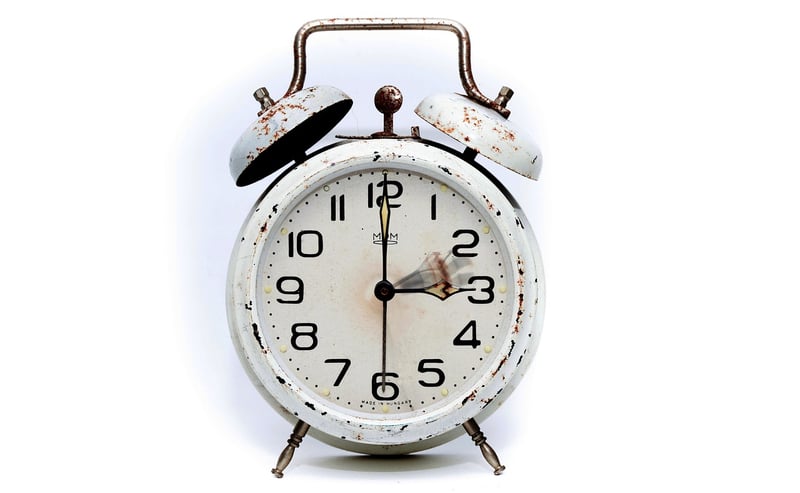Time Paradoxes
The Consequences of Time Paradoxes Explained
Time travel has long been a fascinating concept in science fiction, allowing characters to venture into the past or future. However, the idea of altering events in the past and creating time paradoxes raises intriguing questions about causality and the consequences that may follow. Let's delve into the potential outcomes of time paradoxes:
1. Grandfather Paradox
The Grandfather Paradox is a classic example where a time traveler goes back in time and prevents their grandfather from meeting their grandmother. This action would, in theory, prevent the time traveler's existence. The paradox lies in the contradiction of the time traveler being able to travel back in time in the first place.

2. Bootstrap Paradox
In the Bootstrap Paradox, an object or information is sent back in time, creating a loop where the item has no discernible origin. This raises questions about where the object or information truly came from if it has no point of creation.

3. Butterfly Effect
The Butterfly Effect suggests that even small changes in the past can have significant repercussions in the future. This concept highlights the interconnected nature of events and how altering one thing can lead to a chain reaction of unforeseen consequences.

4. Multiverse Theory
Some theories propose that time paradoxes result in the creation of alternate timelines or parallel universes to accommodate the changes made by time travelers. This idea opens up the possibility of multiple realities coexisting simultaneously.

In conclusion, while time paradoxes make for intriguing storytelling, they also challenge our understanding of cause and effect. The consequences of altering the past are complex and often unpredictable, leading to a myriad of potential outcomes that continue to captivate the imagination of writers and audiences alike.
